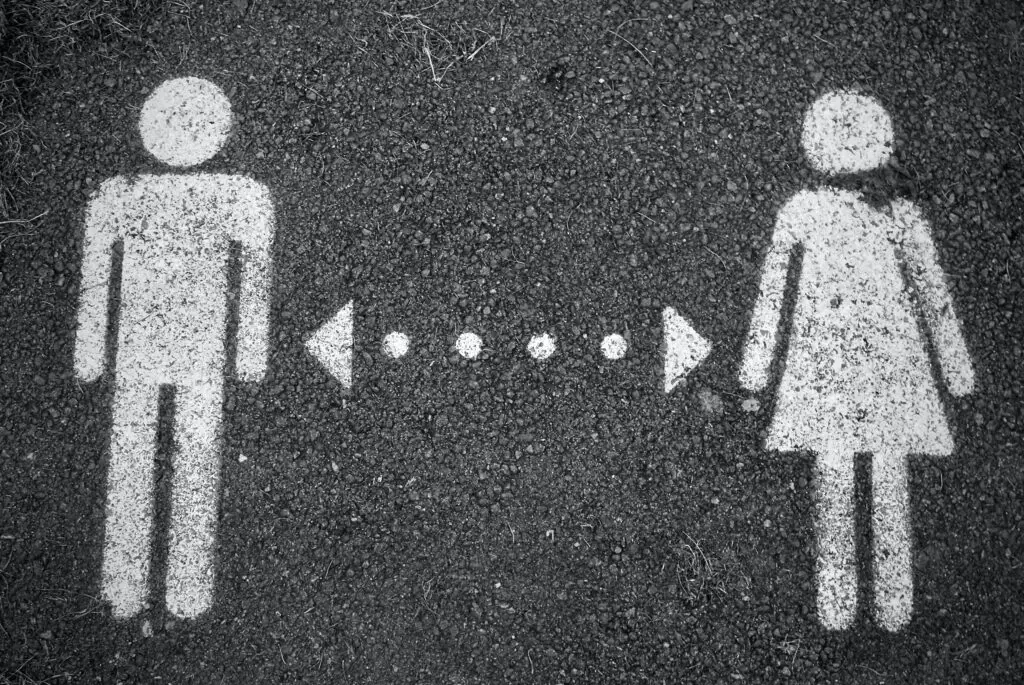The female symbol, also known as the Venus symbol, is a pictorial representation of femininity and womanhood. It is an internationally recognized symbol used to represent females, feminine energy, and feminist ideals. The symbol consists of a circle on top of a small cross, with the cross extending outwards at the bottom, resembling a hand mirror.

The origins of the female symbol can be traced back to ancient times, where it was associated with the Roman goddess Venus, who was the goddess of love, beauty, and fertility. The symbol was also used to represent the planet Venus, which was named after the goddess. The female symbol was originally a stylized depiction of a hand mirror, which was an important tool for women to groom themselves and maintain their beauty.
In the 20th century, the female symbol was adopted by the feminist movement as a symbol of women’s empowerment and liberation. The symbol was used in feminist literature, art, and protests to represent the struggle for women’s rights and equality. The circle in the symbol represents the female genitalia, while the cross represents the arms and legs, and the mirror’s handle.
There are some variations of the female symbol that have been used over time. One such variation is the double female symbol, which features two interlocking female symbols. This variation is used to represent lesbianism and female homosexuality. Another variation is the transgender female symbol, which combines the female symbol with the transgender symbol, representing trans women.
The female symbol has been used in a wide range of contexts, from art and literature to political activism and social media. It has become a popular symbol for women’s organizations, women’s health initiatives, and feminist groups around the world.
In recent years, there has been some debate about the use of the female symbol in certain contexts. Some people argue that the symbol reinforces gender stereotypes and excludes non-binary and transgender individuals. Others argue that the symbol is an important representation of femininity and should be celebrated.
In response to these concerns, some organizations have started using alternative symbols, such as the genderqueer symbol, which features a combination of male and female symbols. Others have suggested using the Venus symbol with additional symbols or colors to represent inclusivity and diversity.
Overall, the female symbol remains a powerful and recognizable representation of femininity and womanhood. It has a rich history that spans centuries and has been used to represent everything from fertility to feminist ideals. While there may be some debate about its use in certain contexts, the symbol remains an important part of the cultural landscape and will likely continue to be used for years to come.